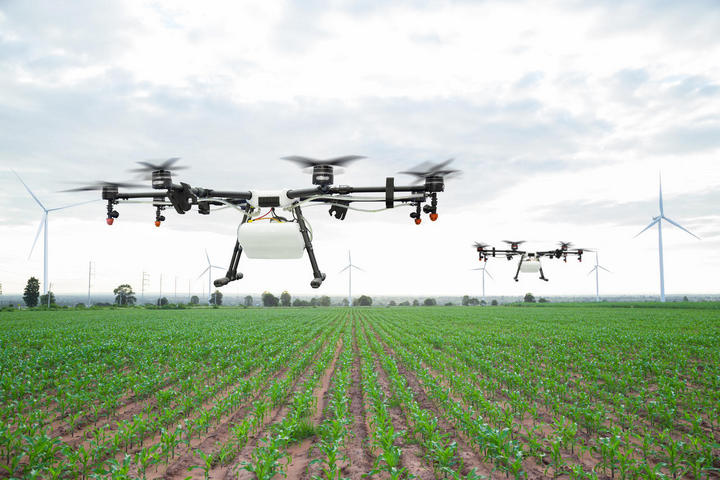When technology becomes an important parameter driving reform, the creators who use new technologies and formats to empower reform, the new workers who are knowledge intensive, intelligence intensive, and promote China’s innovation driven development, are the new driving force group.
What kind of experience would it be to overlook the earth?
Drones enhance productivity
In the mountainous areas of Yunnan, relying on manual labor, one inspector can only inspect two power line towers per day. The application of drones in power inspection has increased efficiency by 8-10 times. Most importantly, this also reduces the risk of workers climbing the tower. Drones have become a common tool for power grid operation and maintenance operations, and some power grid companies have even achieved technological breakthroughs in unmanned aerial vehicle automatic flight inspection, with operational efficiency more than three times higher than manual flight of drones.
Surveying and mapping practitioners measure every inch of land for the country in the mountains, deserts, gobi and old-growth forest. Farewell to the traditional operation methods of mountaineering, adventure, and handheld devices, a miniaturized, low-cost, and high-precision unmanned aerial vehicle aerial survey solution has solved the problem of traditional aerial survey equipment being “unusable, dare not use, and cannot afford to use”, achieving “civilian aerial survey operations”. From the ground to the sky, from two legs to drones, from labor-intensive to intelligent automation, the surveying and mapping industry is undergoing a significant technological and efficiency transformation.
Drones turning into new agricultural tools
This change is also evident in the agricultural sector. In the cotton fields of Xinjiang, drones have become the new “protagonist” in recent years. Drone spraying not only saves water and reduces medication, but also brings about ecological and environmental protection, and improves the efficiency and output value of agricultural production. In 2017, the Ministry of Agriculture and Rural Affairs proposed to achieve zero growth in the use of fertilizers and pesticides by 2020. The reduction in the use of fertilizers and pesticides does not necessarily mean a reduction in agricultural production or a decrease in the quality of agricultural products, but rather places higher demands on agriculture.
The relevant data shows that using drone fertilization results in a water volume of one thirtieth of the original manual fertilization and a drug dosage of one tenth of the original. From the perspective of resource conservation, pesticide residues, and pollution levels, drone fertilization undoubtedly opens a new window for smart agriculture. Nowadays, with the assistance of agricultural drones, every inch of land can be understood like the palm of one’s hand. Land measurement, precise fertilization, and land change have given the land a multi-dimensional digital new business card. And this is precisely the beginning of smart agriculture.







Please sign in to comment
register